From painters to writers, musicians to dancers, the journey of creation is often full of-doubt and feelings of inadequacy. But what if there was a rule, a pattern, that could shed light on this phenomenon?
That is the “Rule of Seven.” This principle, though not exclusive to the arts, provides a fascinating overview through which we can understand the process of creation and complexities of an artist’s confidence.
The Origins
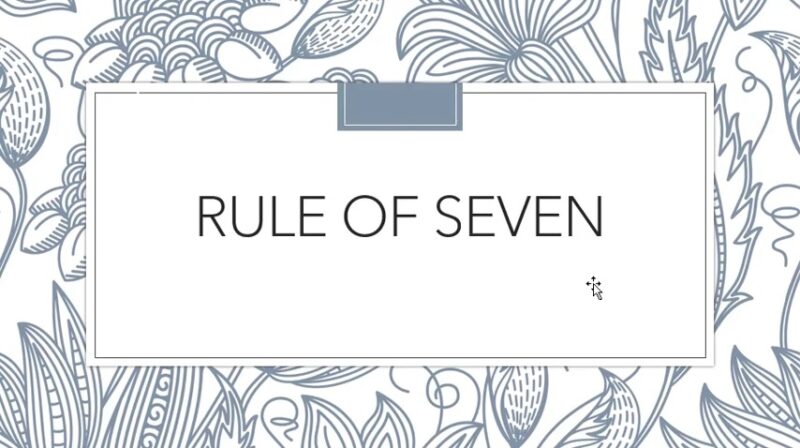
The “Rule of Seven” is not a new concept. Historically, it has been applied in various fields, from marketing to psychology. In marketing, for instance, it’s believed that a consumer needs to encounter a product at least seven times before they decide to purchase. This repetition is key to familiarity and eventual trust.
The Psychological Perspective
From a psychological standpoint, the rule suggests that humans have a tendency to need multiple interactions or exposures to an idea before it truly sinks in.
This can be seen in learning processes, where repetition aids in memory retention and understanding. For artists, this means that the journey to mastery and self-assurance is iterative and requires patience.
Application in Art
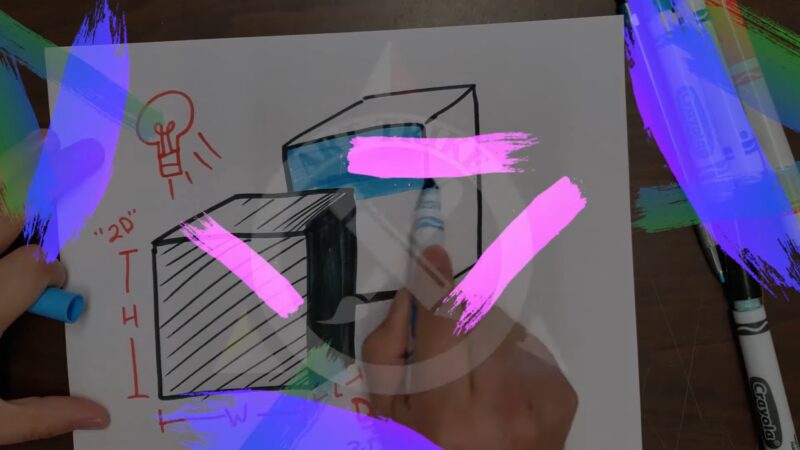
Artists often embark on their creative journeys with a burst of inspiration. However, as they progress, doubts begin to creep in. By the seventh iteration or revision, discouragement often sets in. This is the point where many give up, not realizing that this is a natural part of the process.
The Silver Lining
The beauty of understanding the “Rule of Seven” is that it offers hope. Knowing that feelings of discouragement around the seventh attempt are common can empower artists to push through. It’s a reminder that they are on the right track and that persistence can lead to breakthroughs.
The Impact on Artists
Artists pour their heart and soul into their work. When discouragement strikes, it’s not just a fleeting feeling; it can take a significant emotional toll. Feelings of inadequacy, frustration, and even depression can arise.
Recognizing the patterns associated with the “Rule of Seven” can provide solace and a roadmap for navigating these emotions.
The Power of Awareness
Awareness is the first step to change. By understanding the “Rule of Seven” and its implications, artists can better prepare themselves for the inevitable lows. They can develop coping strategies, seek support, and remind themselves that this too shall pass.
Strategies to Overcome Discouragement

There is always a way to find something that will motivate you or help you get new ideas and continue with the creation process.
Embrace the Journey
- Understand that artistry is a journey, not a destination.
- Celebrate small victories along the way.
- Remember that every setback is an opportunity for growth.
Seek Support
- Join artist communities or support groups.
- Share your experiences and feelings with trusted friends or mentors.
- Consider professional counseling or therapy if feelings of discouragement persist.
Reframe Your Perspective
- Challenge negative self-talk and replace it with positive affirmations.
- View each iteration or revision as a step closer to your vision.
- Remember that every great artist, from history to present, has faced discouragement and overcome it.
Universality

While the “Rule of Seven” holds significant weight in the world of artistry, its principles are universal. From entrepreneurs facing startup challenges to students grappling with complex subjects, the rule serves as a beacon, illuminating the path to perseverance and eventual success.
The Shared Human Experience
At its core, the “Rule of Seven” speaks to a shared human experience. The journey of repeated attempts, the oscillation between hope and despair, and the eventual triumph (or acceptance) is a narrative that resonates across cultures, professions, and ages.
External Influences
Every artist, at some point in their journey, encounters critics and naysayers. By the seventh critique or rejection, the weight of external opinions can compound feelings of self-doubt. It’s essential for artists to differentiate between constructive feedback and mere negativity.
The Changing Landscape of Art
With the digital age, art has transformed. Platforms like Instagram, Pinterest, and Etsy have democratized art, allowing more artists to showcase their work. There are also virtual galleries where you can enjoy from the comfort of your home.
However, they also bring challenges like comparison, instant feedback, and the pressure to constantly produce. Navigating this landscape requires a deep understanding of one’s own artistic journey and the “Rule of Seven.”
Promotion of Change and Evolution
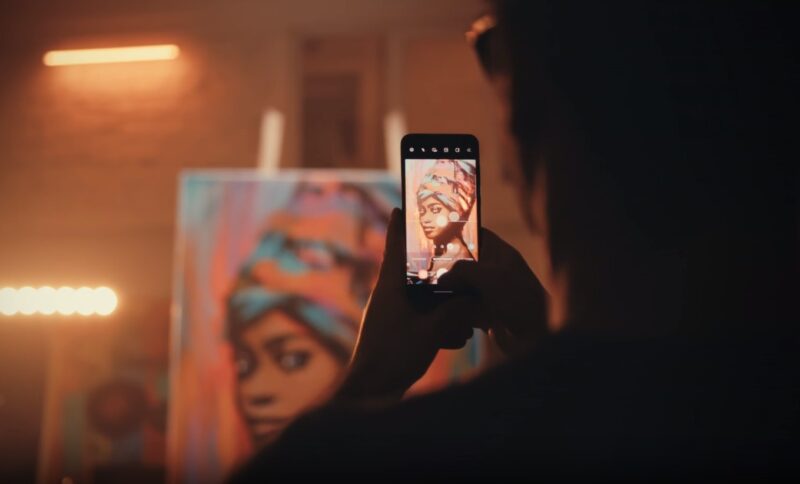
Art is fluid, ever-evolving with time, experiences, and influences. An artist’s seventh iteration today might look vastly different a year from now. Embracing this change, rather than resisting it, can be liberating.
The Evolution of the Self
As artists grow and evolve, so does their art. The “Rule of Seven” is not a static concept. What may cause discouragement in the seventh attempt now might be a source of pride in the future. Recognizing and celebrating this evolution is crucial.
Continual Development
The rise of AI and machine learning brings about questions of creativity and originality. Virtual Reality (VR) and Augmented Reality (AR) are redefining immersive art experiences. Also, the rapid consumption of digital content challenges artists to continually innovate.
The Timeless Essence of Creation
Despite the changing tools, mediums, and platforms, the essence of creation remains timeless. The emotions, stories, and expressions conveyed through art are universal. And so, the “Rule of Seven,” with its wisdom on perseverance and resilience, will continue to guide artists for generations to come.
The Intersection With Personal Growth
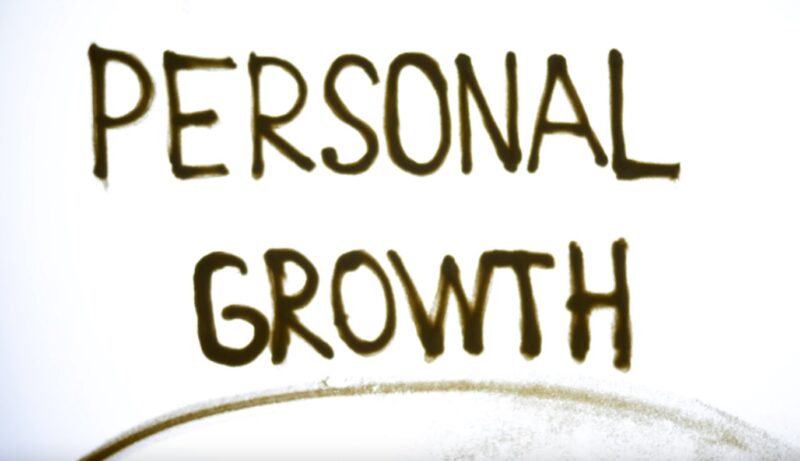
Every artist’s journey is deeply personal, intertwined with their life experiences, beliefs, and aspirations. The “Rule of Seven” is not just about art; it’s about the artist’s personal odyssey. Each iteration, each bout of discouragement, shapes not just the art but the artist themselves.
The Lessons Beyond the Studio
The lessons learned from grappling with the “Rule of Seven” extend beyond the studio or the stage. They permeate every aspect of an artist’s life, teaching resilience, patience, and the value of persistence in the face of adversity.
Wide Influence
Art has the power to influence societies, spark movements, and inspire change. When artists push through their discouragement, they not only create masterpieces but also impact the world around them. Their perseverance can inspire others, both within and outside the realm of artistry.
The Legacy Left Behind
Every piece of art is a testament to an artist’s journey, their struggles, and their triumphs. By understanding and embracing the “Rule of Seven,” artists ensure that their legacy is one of hope, resilience, and the indomitable spirit of creation.
Community and Collaboration
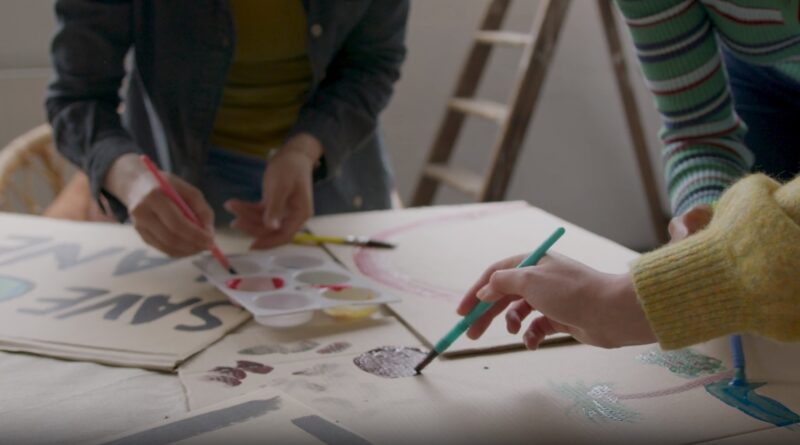
No artist is an island. Being part of a community, whether it’s a local art collective or a global online forum, provides a support system. Sharing experiences, challenges, and successes with fellow artists can make the journey less isolating and more enriching.
Collaboration as a Catalyst
Collaborating with other artists can provide fresh perspectives, new techniques, and a renewed sense of purpose. It can also be a way to navigate the “Rule of Seven,” as collective feedback and combined efforts can lead to unexpected and delightful outcomes.
Evergreen Relevance of the “Rule of Seven”
As art evolves and the world changes, the “Rule of Seven” remains a timeless guide. Its principles of persistence, understanding, and growth are universally relevant, making it a beacon for artists across generations.
The Promise of Tomorrow
For every artist who feels disheartened on their seventh attempt, there’s the promise of an eighth, ninth, or even a hundredth. The “Rule of Seven” is not a final destination but a milestone on a longer journey. It’s a reminder that with passion, dedication, and a little bit of faith, the canvas of tomorrow holds infinite possibilities.
FAQs
What is the primary significance of the “Rule of Seven” in the context of artistry?
The “Rule of Seven” signifies the idea that artists often face discouragement or self-doubt around their seventh attempt or iteration of a piece. Recognizing this pattern can help artists understand that such feelings are a natural part of the creative process and not necessarily a reflection of their talent or potential.
Are there any famous artists known to have spoken about or experienced the “Rule of Seven”?
While the “Rule of Seven” as a concept might not be directly mentioned by famous artists, many have spoken about facing repeated challenges, revisions, or moments of doubt before achieving a masterpiece. Artists like Vincent van Gogh, Frida Kahlo, and even modern-day creators have shared experiences that resonate with this rule’s essence.
How can artists prepare themselves for the seventh iteration, knowing they might face discouragement?
Forewarned is forearmed. By being aware of the “Rule of Seven,” artists can mentally prepare themselves for potential feelings of discouragement. They can also plan to take breaks, seek feedback, or engage in other creative outlets when approaching their seventh iteration to ensure a fresh perspective.
Does the “Rule of Seven” apply to collaborative art forms, like filmmaking or theater?
Collaborative art forms involve multiple individuals, each bringing their own experiences and perspectives. While the collective effort might distribute the weight of discouragement, the rule can still manifest in challenges faced during the seventh draft of a script, the seventh rehearsal, or the seventh edit of a film scene.
Is there any scientific basis behind the “Rule of Seven,” or is it more of an anecdotal observation?
The “Rule of Seven” is more of an anecdotal observation within the realm of artistry. However, the idea that humans often need multiple interactions or exposures to fully grasp or appreciate something has been explored in fields like marketing and psychology. The number seven, in this context, serves as a symbolic representation rather than a strict scientific benchmark.
Summary
“Rule of Seven” is more than just a principle; it’s a philosophy. It speaks to the heart of every artist, reminding them that discouragement is not the end but a part of the journey. By understanding this rule, artists can face their challenges head-on, armed with the knowledge that they are not alone and that their journey is one of profound significance.

